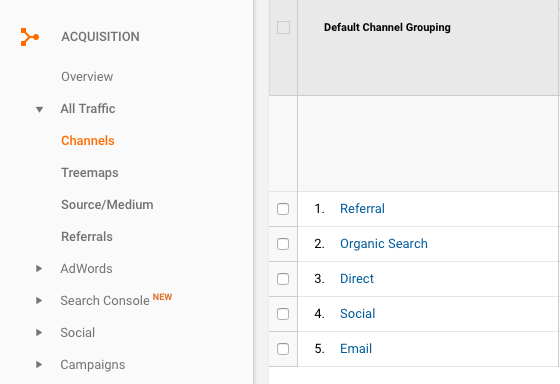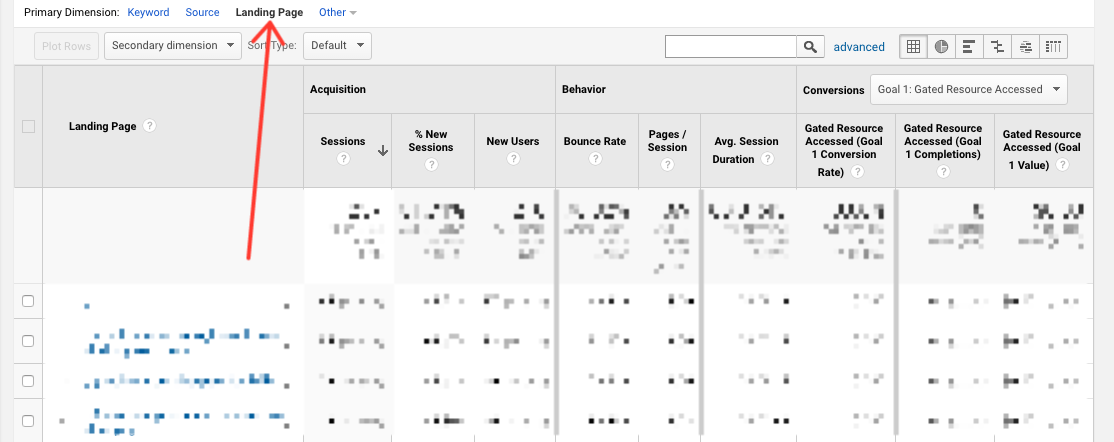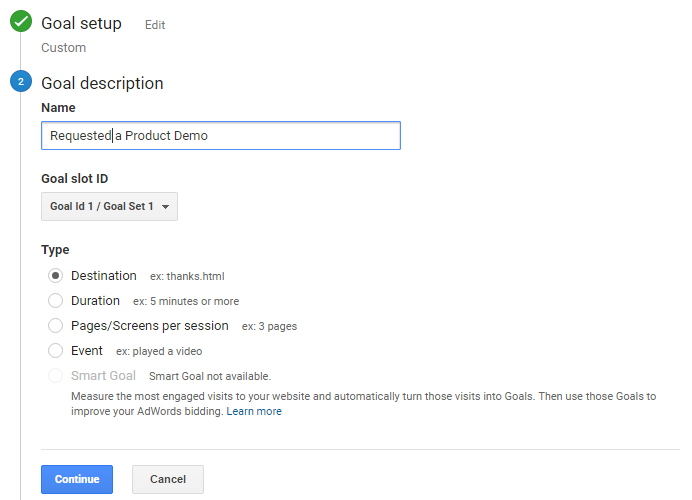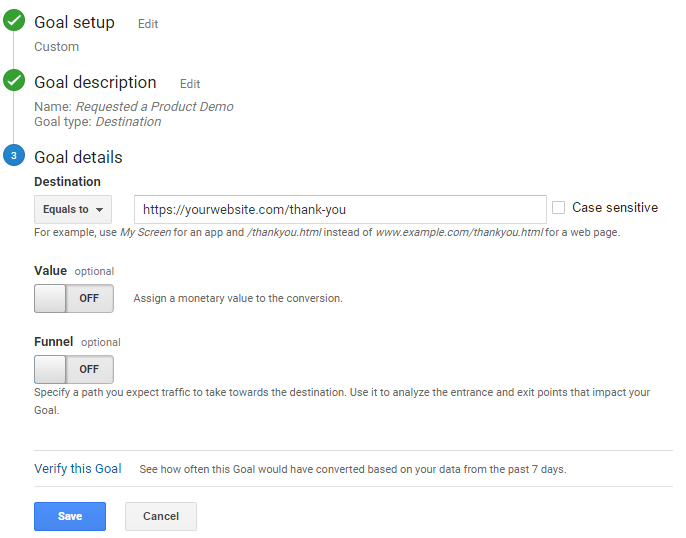3 Ways SEO Metrics Can Help Demonstrate Content’s Effect on Sales and Revenue
70% of business leaders expect marketing to drive revenue growth, but only 57% of content marketers know how to demonstrate the impact of their efforts on business revenue. Content marketers who struggle to provide revenue-impact data may find that it’s increasingly difficult to secure future funding and earn budget increases.
But demonstrating the impact of content marketing on revenue isn’t impossible. One simple option is to use common SEO metrics to tie content efforts directly to sales and revenue. By establishing some goals in your analytics program and framing nebulous metrics in a context that business leaders understand, you can highlight the value of content marketing in a demonstrable and irrefutable way.
Measure Visibility to Highlight Content Marketing Effectiveness
Increased traffic and social shares may lack significant meaning on their own, but in the context of increased visibility and brand awareness, they’re powerful. Content that performs well in organic search provides as much visibility as participating in your industry’s biggest trade shows—but it happens all day, every day.
When reporting increased site traffic, consider framing it in the context of increased visibility to provide more meaning for the importance of the metric. Additionally, highlighting content that’s outperforming competitors for high-value keywords and topics illustrates how content marketing is adding value from the perspective of both visibility and competitiveness.
Visibility doesn’t necessarily equal revenue, but no visibility certainly equals no revenue.
Executives can often be skeptical about the value of visibility metrics, and they should be: increased visibility may or may not result in increased revenue. To establish proof of the connection, you’ll need to take additional steps to connect visibility to more valued metrics.
Correlate Content Metrics and Sales Trends
By comparing trends in sales-ready leads or closed deals with top-performing content, you can look for correlations between content and leads/conversions.
For example, Profound Strategy helped one of our clients build a wireless networking guide that quickly became one of their top-performing pages in organic search. For about a year after that, they noticed a significant increase in the number of leads pertaining to wireless networking. The correlation between the increased leads and a high-performing piece of content pointed to content’s role in driving those leads.
Correlation doesn’t necessarily prove causation, but it certainly presents a stronger argument than an isolated increased-visibility metric.
To find top-performing pages in Google Analytics:
- Expand the “Acquisition” tab.
- Select “All Traffic.”
- Click “Organic Search.”

- For “Primary Dimension,” select “Landing Page”

This report shows which site pages are driving the most organic search traffic. Next, you need to compare high-traffic pages with trends in sales-ready leads and closed deals to connect increased visibility to increased leads and revenue.
Look for spikes in demand for specific product or service categories, and compare the timeline of leads/sales in those categories with timelines for organic traffic increases. If the timelines follow the same pattern—spikes in sales happen in conjunction with spikes in organic traffic for related content—you can make a strong case for content’s role in driving increased revenue in those categories.
If you don’t have access to the sales data needed to compare trends, you can also ask sales teams to provide insights on the types of questions they’re being asked the most. High-performing content often leads to sales teams receiving more questions in relevant product/service categories, and this data could be used to demonstrate how content is generating more leads.
Set Up Goals in Google Analytics to Measure Content Marketing Success
Increased organic search traffic is a great indicator of content marketing success, but as a standalone metric, it lacks context. To demonstrate the value of traffic increases in terms that executives and stakeholders will appreciate, organic search traffic needs to be tied to metrics the business values, like lead generation and conversion activities, and specifically to dollar amounts when possible.
By setting up goals in Google Analytics, you can track revenue-driving interactions. Goals allow for tracking the number of users who arrived from organic search, social media, or guest posts on other sites (referrals), and performed an action that signifies revenue impact:
- Filled out a form
- Viewed pricing pages
- Requested a product demo
- Completed a purchase
- Created an account
To set up goals:
- Open Google Analytics.
- Select the “Admin” tab.
- Select “Goals.”
- Click “+ New Goal.”
- Select the “Custom” radio button.
- Click “Continue.”

- Give the goal a descriptive name, and then select the “Destination” radio button.

- On the next screen, enter URLs of pages that signify an acquired lead or completed conversion. Most often, the URL will be for a thank-you or confirmation page that appears after content is downloaded, a request is made, or a purchase is completed. Enter the URL that applies to the first goal, and save the goal.

- Create a separate goal for each page that signifies a revenue-generating activity.
Once goals are established, you can view goal completions to see how many visitors downloaded gated materials, requested demos, or completed any other specified action. Then, view the source of that action—how the user arrived on the site initially—to determine how many of the goal completions arrived from content marketing sources like organic search and social media.
With this information, you can report real numbers of leads and conversions earned through content marketing efforts. Additionally, if a specific value can be attributed to actions, include that value when creating goals to see the amount of revenue that content marketing has generated.
A marketing automation platform can be configured to track the same metrics. For example, Marketo’s engagement platform can be configured to treat organic search as a program channel, and organic search visits can be configured as Interesting Moments. The Opportunity Influence Analyzer can then be used to show organic search’s impact on closed deals.
[Want to learn more about how Marketo specifically can be used in these ways? We’re working on a more detailed guide. It’s still in its early stages, but make sure to subscribe for updates.]
How to Measure Content Marketing Success via SEO
To prove the importance and effectiveness of content marketing campaigns and initiatives, content marketers must learn to adopt the reporting tools utilized by SEOs and other departments. General metrics aren’t enough to impress leadership—they want to know how their investment in content marketing is earning revenue for the company.
By tracking goals and sales trends, and pointing directly to content’s influence on those activities, you can highlight exactly how content is generating leads, driving conversions, and earning revenue and visibility for the business.
What's Next?
Profound Strategy is on a mission to help growth-minded marketers turn SEO back into a source of predictable, reliable, scalable business results.
Start winning in organic search and turn SEO into your most efficient marketing channel. Subscribe to updates and join the 6,000+ marketing executives and founders that are changing the way they do SEO:
And dig deeper with some of our best content, such as The CMO’s Guide to Modern SEO, Technical SEO: A Decision Maker’s Guide, and A Modern Framework for SEO Work that Matters.




